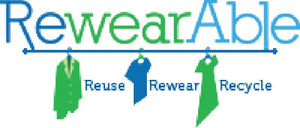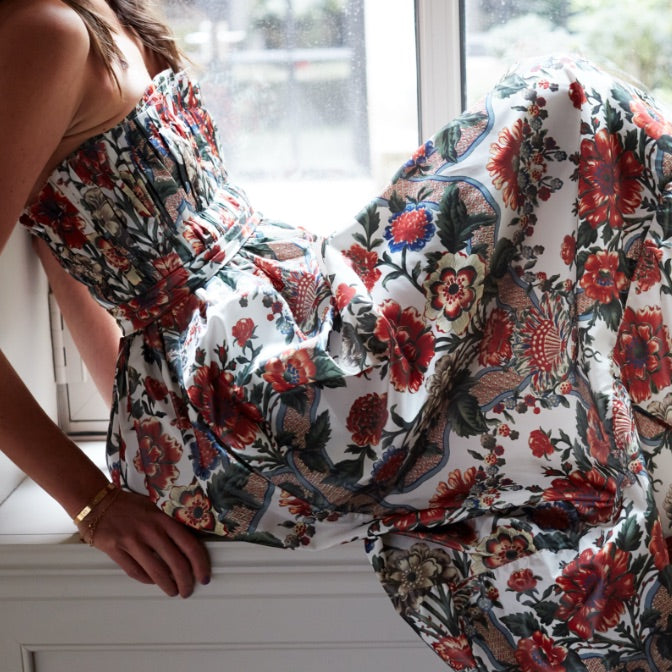In a circular fashion
The clothing production cycle is a linear process of making, wearing, and throwing away.
We need to work together to buy less and buy better when shopping. Everyone knows the thrill of wearing something for the first time, however each purchase supports the harmful production cycle of water pollution, labor abuse, and textile waste that the fashion industry is known for. By the time a product reaches a customer, most of the damage is already done.
We're here to change that.
By lending and borrowing your wardrobe, you can support a more circular process
Think of it like this— the more you put in, the more you get back. The circular economy is restorative and regenerative by design, so you have more freedom to refresh your wardrobe without feeling guilty for how unkind you might be to the Earth. By sharing, you're making a statement about who you are with your style and your commitment to the planet. #BuyLessBorrowMore
Not creating waste has been a core belief at Tulerie - we have never provided packaging for a single shipment. We encourage our members to ship items in reusable garment bags and hangers, reuse packaging, go plastic-less, and sustainably clean their items between rentals.
"Renting clothes instead of buying is a great way to lower your environmental impact.”
-Marcy Callahan
@marcy.ryan

"I was so excited to use Tulerie for the last vacation I went on. It was a sustainable and affordable way to get to have some new designer pieces in my wardrobe without the guilt. Their curation has been very elevated from the beginning and they have quickly become my go-to for events as well. I love supporting women-owned companies and the idea of peer-to-peer sharing of closets helps build a really beautiful and like-minded community."
Cassandra Dittmer
@cassandra
We love RewearAble!
Renting and sharing your wardrobe is sustainable, but what happens when it's time for your items to find a new home? Unwanted clothing lives temporarily in thrift stores and consignment shops — only about 20% is actually resold. The other 80% meets up in a landfill with the scraps left over from production and excess unsold merchandise, contributing even further to unnecessary waste and harmful gases. If the thrift and consignment shops you're donating to are giving the clothing directly to those in need, then definitely keep donating to them. If you're not sure where your items end up if they're not sold, we suggest using our partner, RewearAble.
RewearAble keeps unwanted clothing and fabric materials out of landfills by sorting and preparing everything they collect for reuse or repurposing. To make them even more lovable, RewearAble is committed to helping people with learning and developmental disabilities pursue enviable lives through employment. Created by non-profit Adults and Children with Learning and Developmental Disabilities (ACLD), RewearAble is our first choice when disposing of clothing, shoes, accessories, bedding, towels - nearly any textile! The next time you find yourself with a pile to donate, email us at hello@tulerie.com and we'll be happy to send you a pre-paid shipping label to send your items directly to RewearAble.



